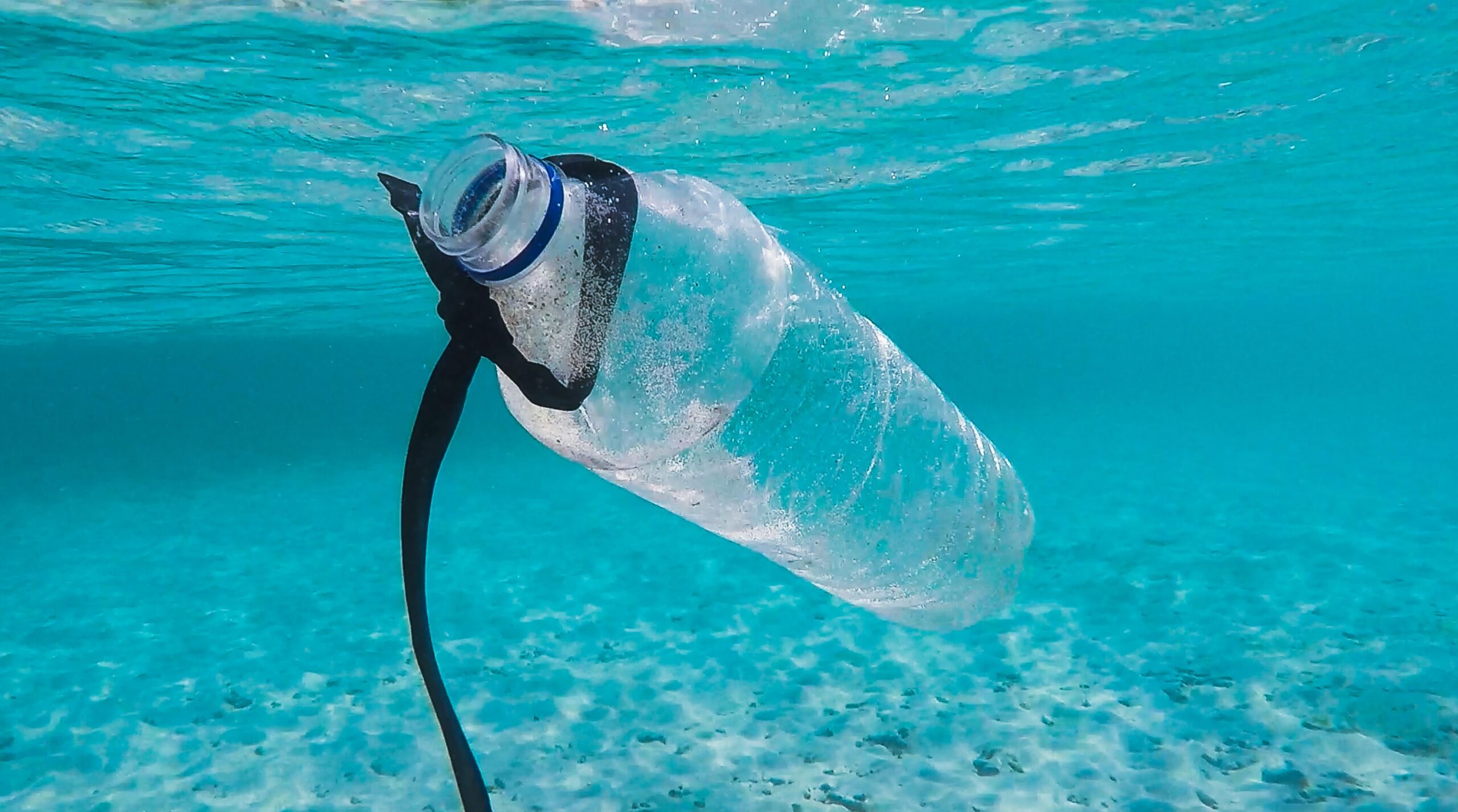
The Simple Act of Washing Your Clothes Does Cause Microfibers To Enter Your Water Ways
Polyester, nylon, and acrylic are essential in the fashion industry; more than half of your clothes are made up of such materials. Without them, clothing would lack elasticity, strength, and comfort. Consumers would stop purchasing if their clothes didn’t have these important elements.
But these, and similar materials, are not environmentally friendly due to their constructed make up. Particles used to produce polyester, nylon, and acrylic are not fundamentally harmful to living things; however, once clothing apparel starts to break down (during washing and drying cycles), the microfibers that shed from the clothing’s fabric can trigger an alarming series of effects.
For starters, a single washing cycle can produce an unhealthy amount of microfibers. Such tiny shreds of plastic can travel and ultimately poison popular water ways and cause problems in the food chain.
So, what should you know about microfibers and their effect on the planet?
Basic microfiber production
Washing your clothes regularly is a normal thing to do. Many of us designate one day a week to complete the dreadful chore known as laundry. Even at that rate, our clothing breakdown ratio increases drastically.
On average, approximate 4,500 microfibers can be released per gram of clothing per wash cycle. That’s insane. And, even though microfibers are technically less than 5 milliliters in length, that doesn’t lessen the damage these little threads of plastic can do.
If you look into materials a little further, you’ll find that acrylic is the worst offender of them all. Clocking in at approximately 730,000 synthetic particles per wash, acrylic sheds 5x more microfibers than polyester-cotton, and 1.5x more microfibers than polyester.
What happens when you put your clothes through the washing cycle?
Microfibers begin their travels after the washing cycle is complete. These tiny plastic particles travel directly to the wastewater treatment plants nearby, to then get trapped or released. If released, the microfibers continue their travels to rivers and lakes, and eventually hit oceans.
But the amount of microfibers that make their way to the wastewater treatment plants always differs. That’s probably because every washing cycle differs.
Can microfiber pollution be calculated?
Emissions are effected by a series of antagonists, including the length of time you wash your clothes, the filter designs that your washer inherently has, and the spin speeds you set your wash to. It’s very difficult to calculate an exact amount of plastic pollution when considering the following:
- Clothes construction
- Material selection
- Water temperature per load
- Detergent type selection
- Fabric softener selection
- How full the washing machine is
Why should we care about microfiber pollution?
Research has been conducted and new studies have been found directly stating why microfiber pollution is not good for our planet, and it’s simple; the plastic fibers in our clothes are potentially, and likely, poisoning our waterways and food chain altogether.
Researchers have shown the public that microfibers can, and potentially are, contaminating the food we eat (e.g. fish, crabs, etc.). By freely floating around in lakes, rivers, and oceans, these plastic particles are getting into animals’ digestive tracts without them even knowing and noticing. In some studies, animals’ digestive tracts have changed over time, drastically affecting wildlife, specifically crabs. And, measuring in at under 5 milliliters gives these fibers the opportunity to sneak their way into fish, too. Contamination of our food leads to our own unknowing personal consumption of microfibers.
What’s more, is that these plastic particles begin to act as sponges the second they hit the ocean – they almost immediately start to attract pesticides, industrial chemicals, and motor oil. The fibers are being found in coastal, marine, and freshwater; this gives the small plastic pieces an advantage for contamination and a disadvantage to all living animals/people. And the effects won’t go away overnight; plastic takes hundreds and hundreds of years to degrade.
What are we doing about it?
The general planet population looks at the big picture – cutting out plastic cups and shopping bags is beginning to reverse the effects of plastic pollution. Even banning plastic straws in certain areas has proven to be a positive effect.
However, there are many other areas of plastic pollution that need to be addressed before we can claim that we are moving in the right direction. For starters, we can’t ban microfibers like we can ban plastic straws; microfibers are a byproduct of washing clothes, it’s not that easy to get rid of them.
A few probable solutions have surfaced over the years, though.
- Waterless washing machines Colorado-based Tersus Solutions may be on their way to finding a viable solution by using pressurized carbon dioxide as a way to wash clothes
- Cutting out fast fashion Cheaper fabrics shed fibers easily, and when clothes are made cheaply, the fibers aren’t as long and do not take as much effort to release
- Purchase better quality clothing Applying anti-shred treatments to cheap clothing may help the situation
- Have your clothes cleaned by a GreenEarth cleaner using the SeaClear laundry filter
What can we do to potentially make the microfiber pollution problem subside?
It’s hard to believe that, after knowing all of this microfiber pollution information, we can make a difference to sustain the environment. But every little bit helps.
As an individual trying to make a difference, you can do all of the following to lessen your microfiber release rate:
- Wash your clothes only when necessary
- Use colder wash settings – high temperatures release more microfibers
- Wash full loads of laundry at a time – it causes less friction between clothes
- Use laundry soap, not laundry powder
- Purchase clothing made from natural fibers like cotton, wool, and linen
Remember, microfiber pollution is harmful to the environment as a whole. It does not pick and choose its victims. And if we continue to ignore it, the effects may become more severe and catastrophic years down the road. Let’s do our best to beat this and lessen the ‘side effects’ now opposed to later.

